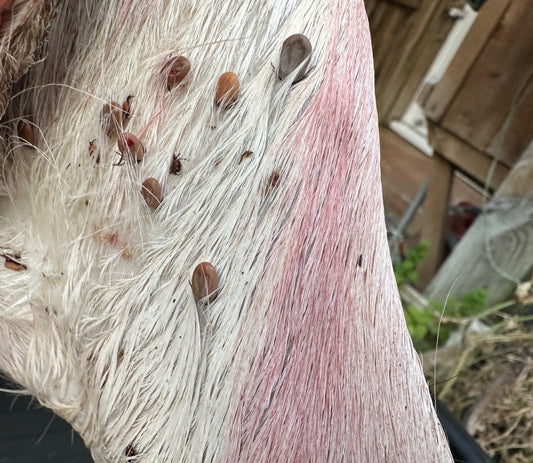In 1963, amidst a landscape of burgeoning environmental consciousness and a growing recognition of the delicate balance within British ecosystems, the Deer Act was introduced. This seminal piece of legislation represented a pivotal moment in the management and conservation of deer populations across the United Kingdom, acknowledging both the ecological significance of deer and the challenges their management posed to landowners, farmers, and conservationists alike. As we reflect on the trajectory of wildlife management and conservation efforts since its enactment, it becomes increasingly apparent that while the 1963 Deer Act laid a crucial foundation, the evolving dynamics of our natural environments and the pressures they face suggest it might be time for a comprehensive review and update of this landmark legislation.
Deer Act link: https://www.legislation.gov.uk/ukpga/1963/36/1991-04-01
The Genesis of the 1963 Deer Act
The introduction of the Deer Act in 1963 was driven by a multifaceted set of concerns. On one hand, there was a growing awareness of the need to protect deer from poaching and indiscriminate killing, ensuring their populations could thrive in a manner that was sustainable and ecologically sound. On the other hand, the Act sought to address the agricultural damage caused by deer, providing a legal framework for their management that balanced the interests of landowners with broader conservation goals.
The Act was pioneering in that it recognised deer as a valuable natural resource that required thoughtful management to maintain the health of British woodlands and countryside. It set out regulations regarding the hunting seasons, methods of culling, and the sale of venison, aiming to prevent undue harm to deer populations while mitigating the negative impacts they could have on agricultural lands and natural habitats.
Evolving Challenges and the Need for Reform
Over the decades since the Deer Act was passed, the context within which deer management operates has changed dramatically. The pressures on UK woodlands and natural habitats have intensified due to urban expansion, changes in agricultural practices, and the effects of climate change. Furthermore, the introduction and establishment of non-native deer species have added a new dimension to the management challenges faced by conservationists and landowners.
The Act, while comprehensive for its time, does not fully address the complexities of modern deer management, such as the ecological impact of deer on biodiversity, the need for habitat conservation, and the challenges of managing mixed populations of native and non-native species. Moreover, contemporary conservation practices emphasise a more integrated approach to wildlife management, focusing on maintaining ecological balance and ensuring the health of entire ecosystems.
Towards a Modernised Framework
Recognising the limitations of the 1963 Deer Act in addressing the current challenges, there is a compelling case for its review and update. A modernised legal framework for deer management would need to incorporate the latest scientific research and conservation principles, technological advances, promoting practices that are both humane and ecologically sustainable.
Key areas for consideration in updating the Deer Act might include:
Enhanced Protection for Biodiversity: Incorporating measures that prioritise the conservation of biodiversity, ensuring that deer management contributes positively to the health of ecosystems using modern technology, i.e removing limitations on shooting at night for trained individuals without night ticket issued.
Adaptive Management Strategies: Allowing for flexible, evidence-based management practices that can respond to changing environmental conditions and deer population dynamics. Shooting species out of season in areas where there is significant damage, or deer are particularly flighty.
Conclusion
The 1963 Deer Act was undoubtedly a landmark in the annals of British environmental legislation, setting a precedent for the thoughtful management of wildlife resources. However, as we navigate the complexities of the 21st century, it is clear that an updated approach to deer management is necessary—one that reflects our current understanding of ecological systems and balances the needs of wildlife with those of human stakeholders. By revisiting and revising the Deer Act, we have the opportunity to ensure that our management practices not only preserve deer populations but also enhance the resilience and biodiversity of the UK's cherished landscape.





